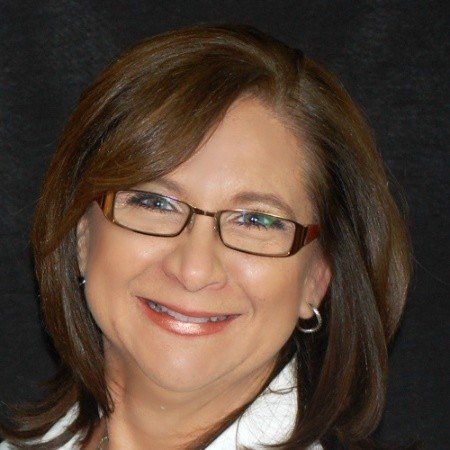Strategy For Downsizing
One of the things that I love about my work is that I am able to connect with all types of homebuyers.
I am able to support first-time homebuyers as they make the leap into the housing market, clients looking to upsize from their first homes, clients who are wanting to refinance for renovations or to consolidate consumer debt, and more established clients who are looking to downsize.
Lately it feels that clients who are wanting to downsize are having a tough time.
They want to be able to confidently write a subject-free offer on their next home but are concerned about listing their current home for sale in the event it doesn’t sell in time.
They don’t want to list their current home for sale and potentially find themselves without a suitable property to buy.
What is the answer?
If the current home is mortgage-free, there are several mortgage options available. There are also private lenders that will register a mortgage over both the current home and the home being purchased (provided the numbers work).
Provided the current home is mortgage-free we can look at registering a credit line against that home in preparation for finding the next home to buy. When the clients find their next home we can use a combination of the funds from that credit line plus a mortgage on the new property to move forward with the next home.
This strategy is not for everyone.
In the Okanagan, people who are making this move may be downsizing, but downsizing to what in terms of purchase price? Often the next home is still priced near or over $1,000,000. To carry financing on a purchase at that price can cost upwards of $7,000.00 per month plus significant fees if using a private mortgage option.
One creative option clients used recently was listing and selling their current home knowing that they were prepared to wait for the right home to pop up. As they neared their sale date they had not found their next home yet, so they rented a storage container and packed everything up temporarily.
They were fortunate that they were able to stay with family for several months until the right home popped up. This put them in a brilliant position to buy with no financing subject in their offer.
Another option that clients have used recently was truly downsizing in both price and space. Their home in Kelowna was appraised at $1,750,000. Based on their financial picture we were able to secure a credit line for $800,000.
It took just over a year but they fell in love with a beautiful patio home in West Kelowna. Their new home was priced at just under $700,000 so they knew they had the funds available if they listed their home and it did not sell in time.
Over the last few months I have spent time at several open houses in West Kelowna with realtors I know. It has been interesting to chat with people about the specific things they are looking for in their retirement home.
Part of what we have talked about are future life plans. Many people have talked about wanting to do more travelling and / or spending winters in warmer places. As people ease into retirement their needs change. Homes in age-restricted gated communities with amenities like pools and recreation centres are becoming more popular.
This coming weekend (Saturday March 16,2024 from 12:00pm to 2:00 pm) I will be at 3407 Ironwood Drive in West Kelowna, which is listed by Sharon Walton with Royal LePage Kelowna (MLS ®10302186).
If you are looking to right-size for retirement, a home like this might be exactly what you are looking for.






